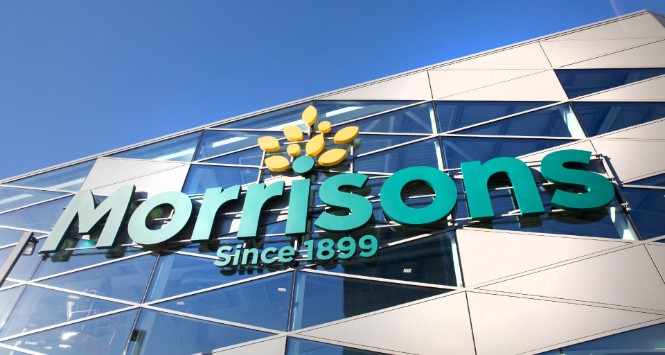by Thomas Hall, Analytics Programme Director, IRI
The convenience channel has transformed itself in recent years. We’ve seen something of a revolution on the high street, on forecourts and in our corner shops. According to IGD, convenience is the third-fastest growing grocery channel with nine in 10 shoppers claiming to have visited a convenience store in the last month.
Smaller-format stores have always had a certain appeal, especially among older shoppers who value not just the convenience and locality, but also a sense of community and the personal customer experience. This is important within a grocery sector where more people are choosing to shop across multiple channels and spend more time shopping online.
But maintaining that personal touch is becoming harder as a nation of shopkeepers are having to spend more time focusing on the minutiae of running a store, and often being pulled in many different directions.
At a basic level, this means ensuring the right stock is in the right place at the right time. But then factor in the hours spent changing prices throughout the store – for some this still means getting up at 4am to change pricing labels – and also making sure promotional campaigns are executed at the right time.
All of this is just the day job for most store owners and doesn’t take into account the time spent on getting to grips with changing technology, staffing and employment issues – and much more.
Twenty years ago it was these local stores that knew their customers better than anyone else, addressing customers by name, spending a few minutes to talk about their day and making sure they had their favourite items in stock. Perhaps this all sounds a bit ‘Open All Hours’ but the sentiment is that customers like to feel they are important and valued.
With successful customer loyalty schemes rolled out across most of the major multiples, the big supermarkets now know their customers better and can target them more accurately with promotions and offers that suit their shopping and lifestyle choices. However, most staff in the bigger formats do not know their customers by name or vice versa, and this is where convenience can hope to win back hearts and minds.
By using the data available to stores and analysing it more effectively, this will help free up time for shopkeepers to look after their customers. Time-intensive activities like managing price changes for example can be automated using data analytics linked directly to digital shelf edge labels.
It also allows storeowners to look at where else they can add value to customers’ shopping trips by analysing what they buy and when.
Food to go is a great example of where local stores can look to grow their business. A report by IRI last year showed that food to go is one of the fastest growing categories in convenience in the UK, worth £2.3bn. As the market continues to grow and convenience stores see how food on the go has the potential to bring time-poor shoppers in-store, they can experiment with special offers, promotions and meals deals.
It’s also a huge opportunity for independent retailers to better exploit their sales data and work closely with wholesale and buying group partners to identify a broader range of options – whether that’s food to go or other categories – to capitalise on changing customer habits.
It is also becoming much easier for smaller stores to build in new technologies to help them become more competitive, and to work with technology partners designed specifically with convenience in mind. Look at companies like Zapper, for example, that allows shopkeepers to build their own loyalty program at a limited cost, or SnappyShopper – who set up a home delivery services for stores in a simple and cost-effective way.
The lifeblood of a local store is the customer relationship – understanding who they are as individuals, what they like to buy (and when) and, most important, making sure they keep coming back. If our convenience channel – unique to the UK as “a nation of shopkeepers” – is lost, we lose the essence of the local shop.
Thomas Hall is Analytics Programme Director at IRI Worldwide and was a speaker at #ThinkSmart2, SLR’s unique data and tech conference for the local retailing trade earlier this year.








